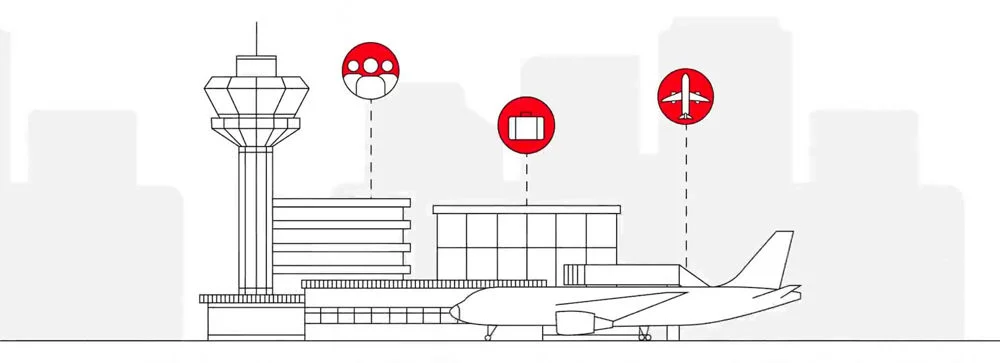Digital solutions and tools
Digital solutions and tools
Our experts in software and product development design and develop robust applications and tools to enable better decision making for our clients.

Get in touch with our team
The sheer level of impact human beings are having on our environment demands analysis tools equal to the task. Deforestation, flood risk, overdevelopment, loss of biodiversity – these problems grow unnoticed, threatening the planet’s future and our own.
Arup has developed a new solution that can help planners and authorities to understand how land is being used, bringing the power of data analytics, machine learning and automation to satellite imagery.
Terrain, our land use analysis solution brings new insights to the site planning process at the start of the project. It establishes the risks and opportunities, the realities and implications of a proposed scheme, allowing clients to test different ideas and explore future scenarios, with predictions about future changes to an area or district. It brings an outcome-led design rigour to the masterplanning process.

Machine learning’s ability to interpret large quantities of data, recognise patterns, and interpret images far more accurately and quickly than humans, are at the centre of the solution's potential. It rapidly produces incredibly detailed, region-scaled land use maps from only a satellite image as initial input. It also gives us the ability to create new types of land classification that may not yet exist or have been produced before for an area, such as maps of greenhouse locations, industrial warehouses, mature trees, specific types of urban and rural open spaces, etc., anywhere in the world, with reasonable accuracy.
We have known for some time that nature-based solutions, when compared with their concrete infrastructure equivalents, can provide a variety of additional benefits, but didn’t have the tools to show what is possible and measure the full value of this alternative. In Shanghai we were able to quickly identify opportunities for the city to maximise its parks, lakes and other green features to reduce flood risk.
The solution has many potential uses – from helping a water utility operator in the UK to make the economic case for investing in green and blue infrastructure, to allowing our landscape architects, economists and ecologists to develop a viable scheme for an “orbital forest” surrounding the city of Tirana, in Albania.
Shanghai’s population has tripled since 1990, leading to growing city flooding and river pollution, made worse by climate change. Our masterplanning team used remote sensing to scan greater Shanghai, and built a machine learning tool to interpret the images and categorise the entire area into 12 categories of flooding protection need. The project demonstrates how human ingenuity and community priorities can be supercharged by the power of machine learning to achieve previously impossible things.
Solutions like this bring a forensic analysis to the design process, enabling us to measure what a design means for its natural context, and establish that a scheme won’t exceed regulatory limits. It also visualises existing trends like deforestation, allowing us to test which mix of interventions could reverse this effect and produce forest growth.
For designers, the benefit is the ability to consider natural dimensions within their work, categorising ecologically sensitive land uses for example, enabling a team to develop sustainability corridors or animal migration paths. Planners and analysts gain access to the raw tabulated geographical data produced by the solution. This provides new layers of insight into the original land uses, as well as allowing them to overlay other data sets including socio-economic, ecological, and density information.
The solution's ability to unify many previously disparate elements of the planning process, will sharpen decision making and enable a vital public conversation about protecting our world. We hope it can aid and improve authorities and the public’s understanding of land use, and lead to a more balanced and sustainable approach to development.
Our experts in software and product development design and develop robust applications and tools to enable better decision making for our clients.

